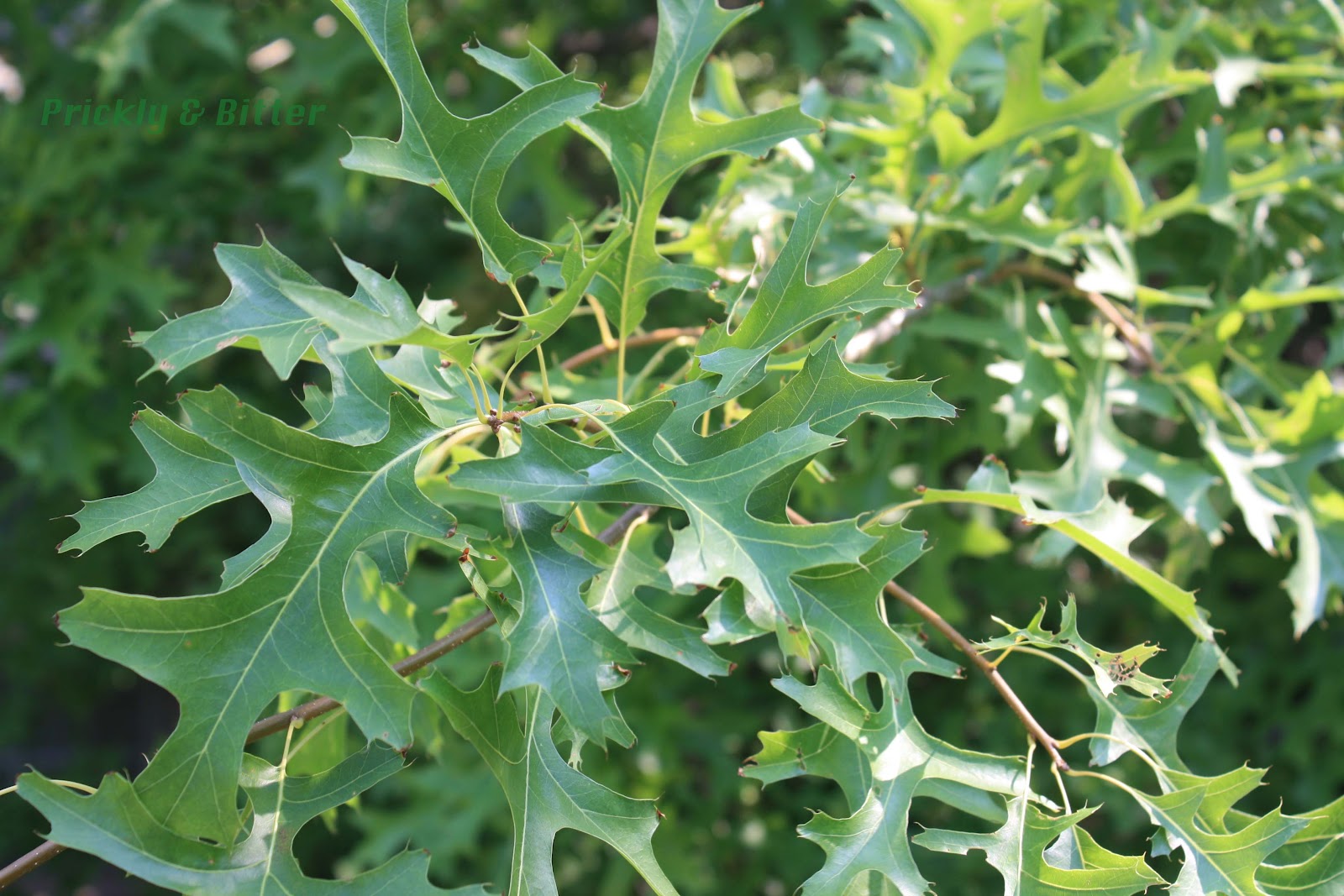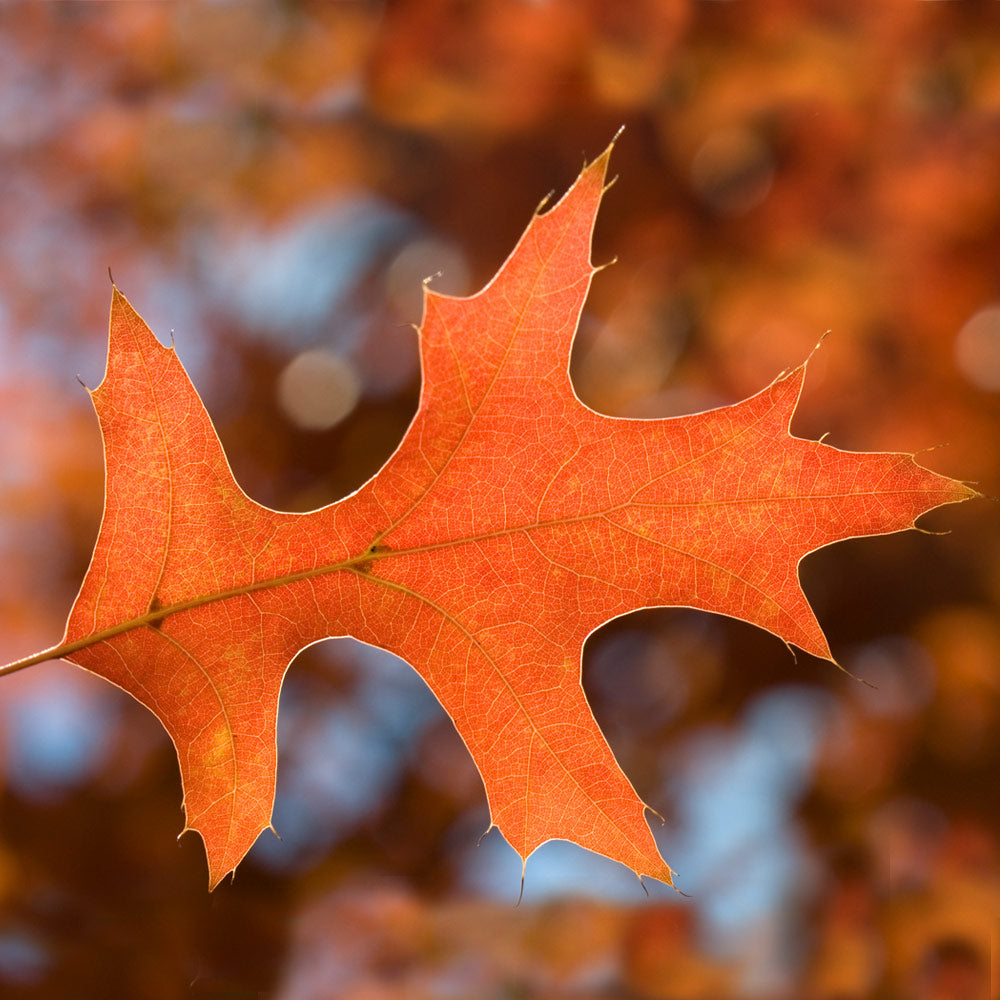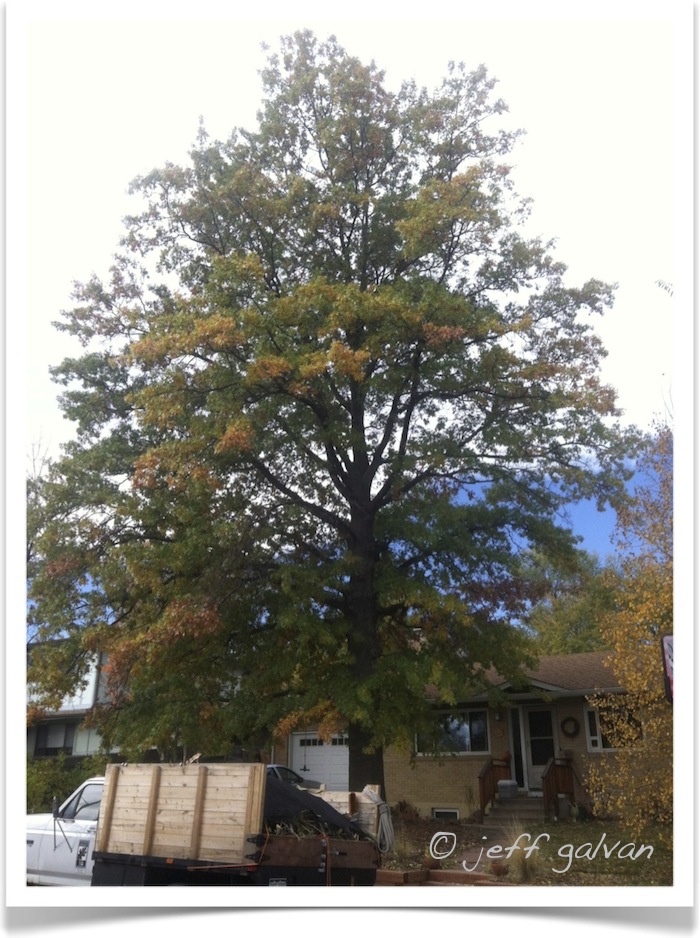

Prevention & Treatment: Remove infected trees and replant the area with resistant tree species.

It damages red, silver, and sugar maples, hackberry, elm, and sweetgum. It has to have an acidic site however, as landscape trees have shown iron chlorosis when the soil pH is too high.įew on the West Coast of the United States. This disease more commonly affects pin oak, red oak, white oak, bur oak, shingle oak, and sycamore. While Pin Oak likes a well drained site it can tolerate wetter sites as well. For this species the nuts are small (1/2” long) with a thin, saucer-like cup. The fruit of this oak are the well known acorns. Trunk bark of mature trees is gray or brownish gray, rough-textured, and slightly furrowed, while the bark of branches is gray and more smooth. In the fall the leaves turn a bronze to brilliant red color before they take on their dull tan winter color. This popular, majestic tree with good autumn colour is most suitable for larger park and garden plantings. A characteristic V-shaped is noted at the base of the leaves where they attach to the stems.ĭuring the summer the leaves are bright green above and pale beneath. These trees grow slower than pin oak trees at 2 feet per year to reach 60 to 75 feet in height and a spread of 45 feet.


Major lobes form a U-shape, as opposed to C-shaped as with Scarlet oak. It bears alternately arranged, simple leaves which are 3”-6” long, with an oval shape, with 5 to 9 bristle-tipped lobes and irregularly deep sinuses that extend nearly to the midrib. Conversely, the middle branches on the Pin Oak are arranged at right angle to the main stem. Pin Oaks are large deciduous trees that can grow quickly to an eventual height of 75’ in a pyramidal shape with lower limbs that hang down (as opposed to Scarlet Oak limbs which point up). In the Northwest it is best known for its leaf retention during the winter months. The tree may grow more slowly in zone 8a.Description Pin Oak, also called swamp oak or water oak, is a Northeast native oak that frequently grows on bottom lands or moist uplands, often on poorly drained clay soils. Pin Oak is resistant to oak wilt and pests do not usually affect the long term health of the tree. Leaves persist through the winter, not dropping until new buds push them off in spring. The bark is thin and can be easily damaged with lawn trimmers and mowers, mulch to prevent grass growth. Do not plant in very wet soils, it will become more tolerant of wet soil as it matures. Color/Appearance: Has a light to medium reddish-brown color, though there can be a fair amount of variation in color. When grown in the open the lower drooping branches are quite lovely, with center branches horizontal and upper branches quite vertical. Pin Oaks are large deciduous trees that can grow quickly to an eventual height of 75 in a pyramidal shape with lower limbs that hang down (as opposed to. Lower branches will tend to droop as the tree matures, so prune them off to allow for pedestrian clearance. Other oak pests are generally not fatal, but keep your tree healthy with spring fertilizer and water in dry periods. Pin Oak tolerate urban conditions including pollution, poor drainage and compacted soil and drought, making it an excellent street tree. Fall color can be variable, with individual trees turning only brown. The trunk grows straight and the foliage exhibits brilliant red to bronze fall color. Pin Oak is such an attractive pyramidal tree, it is nearly over used in the Midwest and Eastern Regions.


 0 kommentar(er)
0 kommentar(er)
